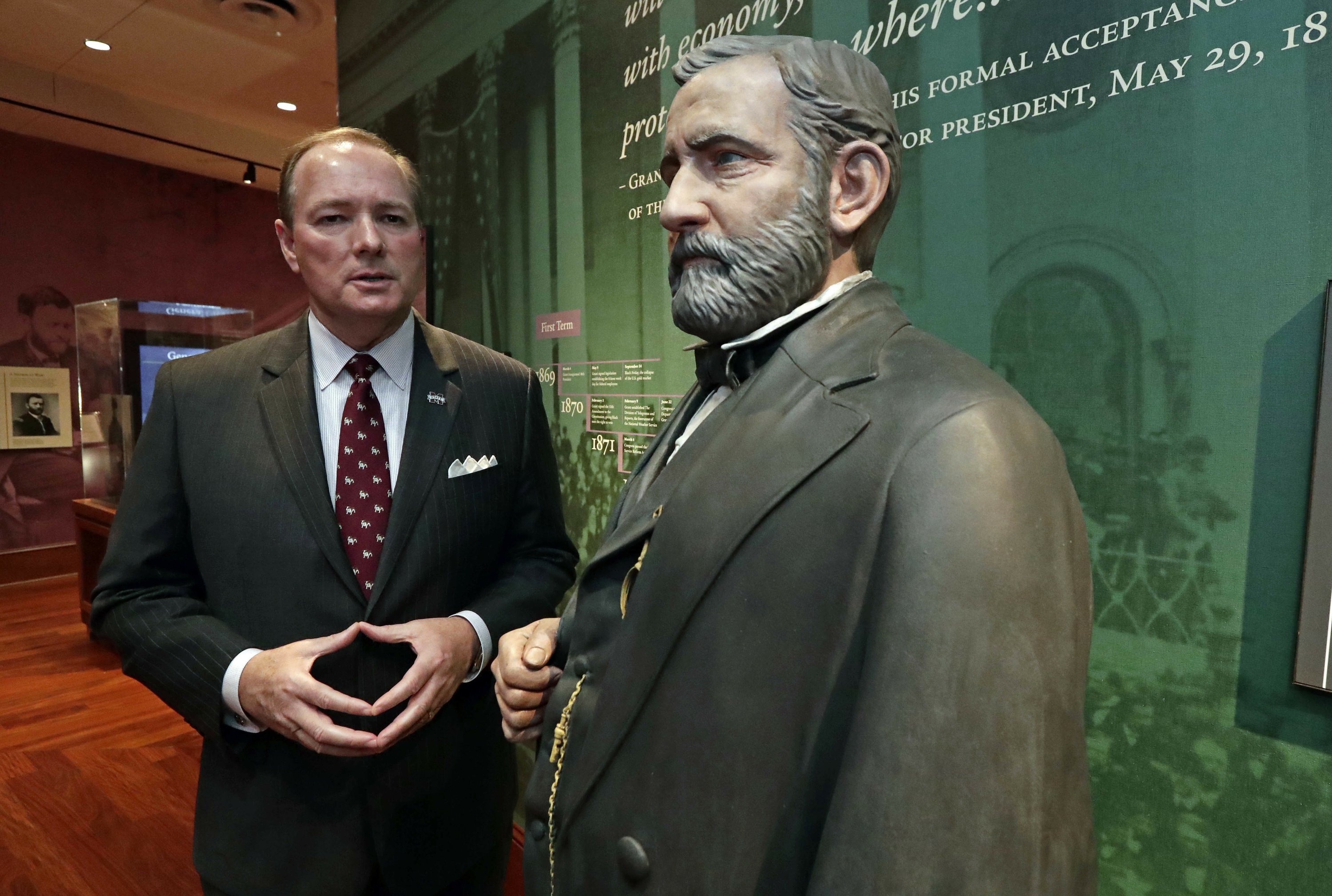
What Does the Constitution Grant a President?
The President is the highest-ranking executive in a company, responsible for all operations and reporting to the board of directors. They oversee implementation of market plans, cost cutting initiatives, as well as other day-to-day tasks.
Grant served as President from 1869 to 1977, leading the North and South back together, safeguarding freed slaves, and rebuilding the economy. During his two terms in office, he achieved great success.
President of the United States
The president is the head of the executive branch of the federal government and has many duties to fulfill. These include enforcing federal laws, appointing executive, diplomatic, regulatory, judicial officers to serve on his team as well as supervising Cabinet departments and independent federal agencies.
The Constitution grants the president a range of powers and duties that are outlined in Article II and other statutes. While these powers are not unlimited, they can be exercised in many different ways.
For instance, a president can issue executive orders to direct the work of various federal agencies or clarify existing law. However, these orders must be judicially reviewed by U.S. courts which have the power to overturn them if found unconstitutional.
Presidents also have responsibility for foreign policy, such as appointing ambassadors and signing treaties that Congress ratifies. Furthermore, they can grant pardons and clemencies for federal crimes. Furthermore, the Vice President serves in an advisory capacity within the Executive Branch; ready to assume control in case of death, resignation, or temporary incapacitation of a president.
Commander in Chief of the armed forces
A commander-in-chief is a head of state or government with military authority to command their nation’s armed forces. Typically, this role belongs to either the president or prime minister of a country; however, any chief executive with political authorization to make discretionary decisions can also serve in this capacity.
According to Article II, Section 2 of the Constitution, the president of the United States serves as commander-in-chief over both land and sea forces as well as militia units from different states when called into active service. While this gives him a wide range of military powers, it leaves unanswered many practical questions.
In times of conflict, the commander in chief may use force to protect American lives and property abroad or fulfill treaty obligations; he can also exert pressure on other nations through coercive diplomacy to agree with his wishes. Hence, this role plays an essential role in both domestic security and foreign policy planning for America.
Head of the executive branch of the government
In countries that adhere to the principle of separation of powers, the executive branch is accountable for upholding laws made by the legislative branch. As president, you have many responsibilities including proposing a legislative agenda to Congress and appointing federal judges and ambassadors.
The President is elected indirectly by the people through an Electoral College system to a four-year term, though they may serve two terms.
As head of the executive branch, the president has the authority to pass legislation or veto it. He can appoint more than 50 independent federal commissions such as the Federal Reserve Board or Securities and Exchange Commission, plus federal judges, ambassadors, and other government organizations.
Congress must confirm the president’s nominees for these positions, and in turn can appoint justices to the Supreme Court with the power to overturn unconstitutional laws. This system of checks and balances is one of the foundations of our vibrant central government.
Head of the federal judiciary
Article III of the Constitution established the federal judiciary, consisting of the United States Supreme Court and various lower courts created by Congress. This branch of government adjudicates laws for constitutionality and settles disputes regarding those laws.
Judges are appointed by the President and confirmed by the Senate. They can only be removed from office through impeachment in the House of Representatives followed by conviction in the Senate.
The Chief Justice of the United States serves as chief judge and head of the federal judiciary, serving as advisor to President Obama on all matters pertaining to that branch of government.
The Supreme Court consists of nine Justices and the lower federal courts are divided into 94 District Courts (trial courts) and 13 Circuit Courts of Appeals. These appeals courts hear challenges to decisions made by trial courts as well as reviewing contested rulings from federal administrative agencies.
